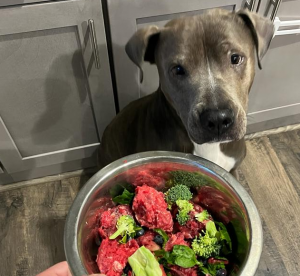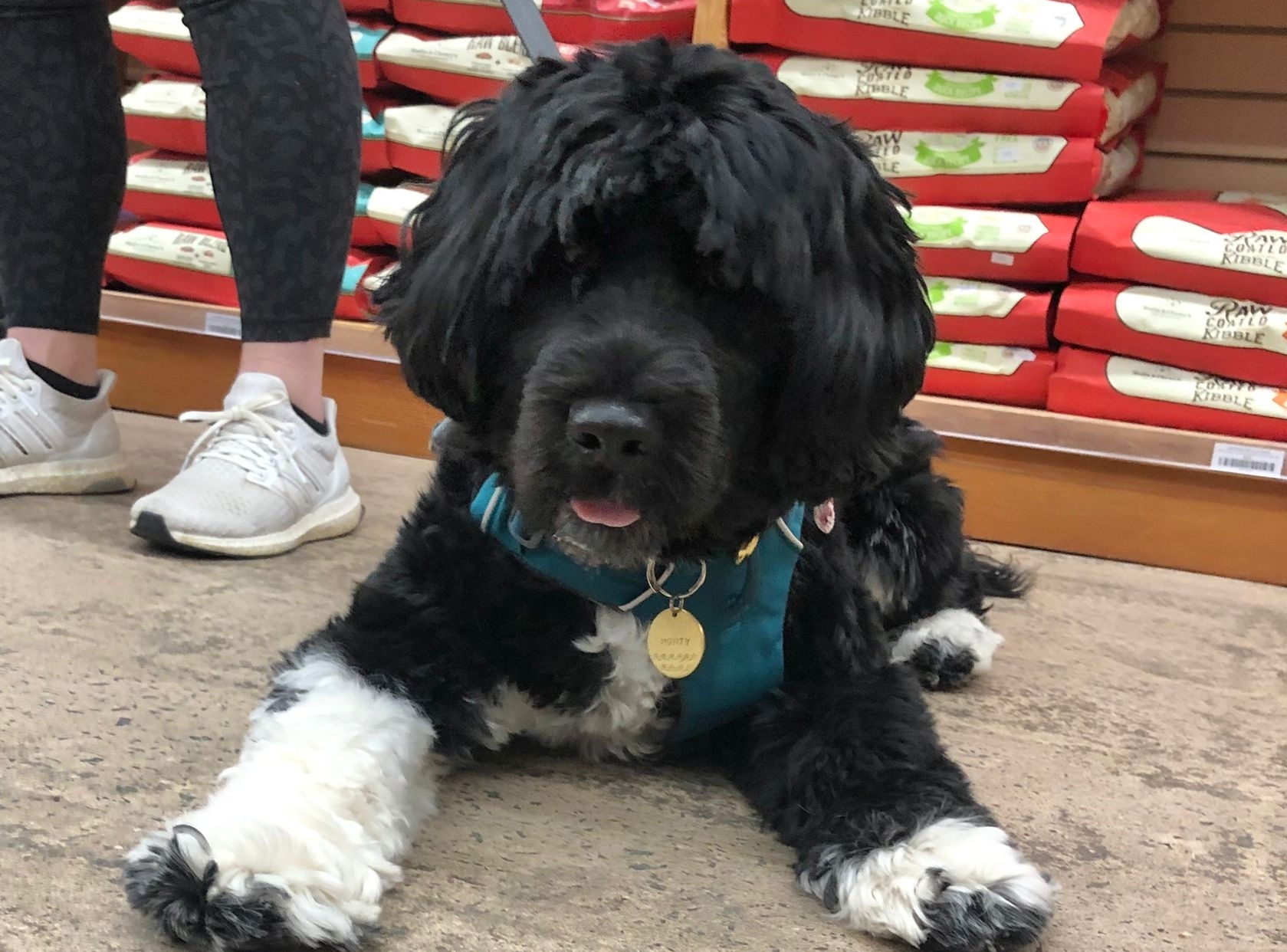The Evolution of Pet Food: From Table Scraps to Extruded Kibble
Pet food has come a long way since its humble beginnings in 1860 when James Spratt invented the dog biscuit. Today, the pet food industry is a multi-billion dollar business with a wide range of products to choose from. In this article, we will take a look at the evolution of pet food, from the invention of the dog biscuit to the extrusion process of making kibble and the current trend of individualized nutrition.
The Invention of the Dog Biscuit
The pet food industry began in England in 1860 with the invention of the “dog biscuit” by James Spratt. The biscuit was made from vegetables, beef blood, wheat, and beetroot and became incredibly popular. By 1890, the commercial pet food industry had made its way to the United States, with other companies making their own versions of the dog biscuit.
The Rise of Commercial Pet Food
In 1907, the Milk-Bone was born in New York City, marking the rise of commercial pet food in the United States. Over the next several years, several companies introduced different versions of canned cat and dog food containing ingredients such as horse meat. During World War II, metal rationing halted all production of canned pet foods, and manufacturers began focusing on dry foods, selling them to customers by promoting the convenience factor. By the mid-1940s, there were two types of dry food: biscuits and kibble; and pellets. These versions made up 85% percent of the entire pet food industry.
The Extrusion Process
In the 1950s, Purina introduced the extrusion process of making kibble. This is a mechanical process that takes heated, liquefied food and pushes it through a machine that would aerate the food before baking it. In order for the extrusion process to work, the food has to have a substantial amount of starch contained within it. Because kibble is baked twice during the extrusion process, a process still widely used today, pet food manufacturers supplement the kibble with added vitamins and minerals to make up for nutrient loss.
The Campaign Against Table Scraps
In the mid-1960s, pet food companies formed an organization called The Pet Food Institute (PFI). This organization began a campaign to alert consumers about the dangers of feeding their pets table scraps. Instead, PFI advocated for feeding processed, dry foods as a “complete and balanced” alternative. This led to the current trend of big name pet food companies advocating for every pet to eat a diet containing every essential vitamin, mineral, and amino acid in dry form rather than consume all required nutrients over time through fresh or lesser processed food.
Individualized Nutrition

However, nutrition is not an exact science and deserves an individualized approach. Many pets do not want to consume the dry processed version of pet food, and to combat this problem, manufacturers began coating the food with flavorings, grease, and animal fats. Prescription diets also made their debut and can only be purchased with a script from a veterinarian. Today, even reading the ingredient panel on the bag will show that there is no medication or regulated products contained within these pet foods. In fact, many of these foods actually contain by-products, corn, wheat, soy, cellulose, etc.
The Healthiest Pets
In our experience, every pet has the greatest health when we view them as an individual instead of an animal viewed through a protocol. The healthiest pets have a unique balance of traditional medicine, holistic medicine, and wholesome nutrition. This doesn’t mean that every pet should be eating a fresh raw meat diet, as it is not feasible or affordable for every pet owner. However, it does mean that pet owners should research the best options for their pets and make informed decisions about their nutrition.






